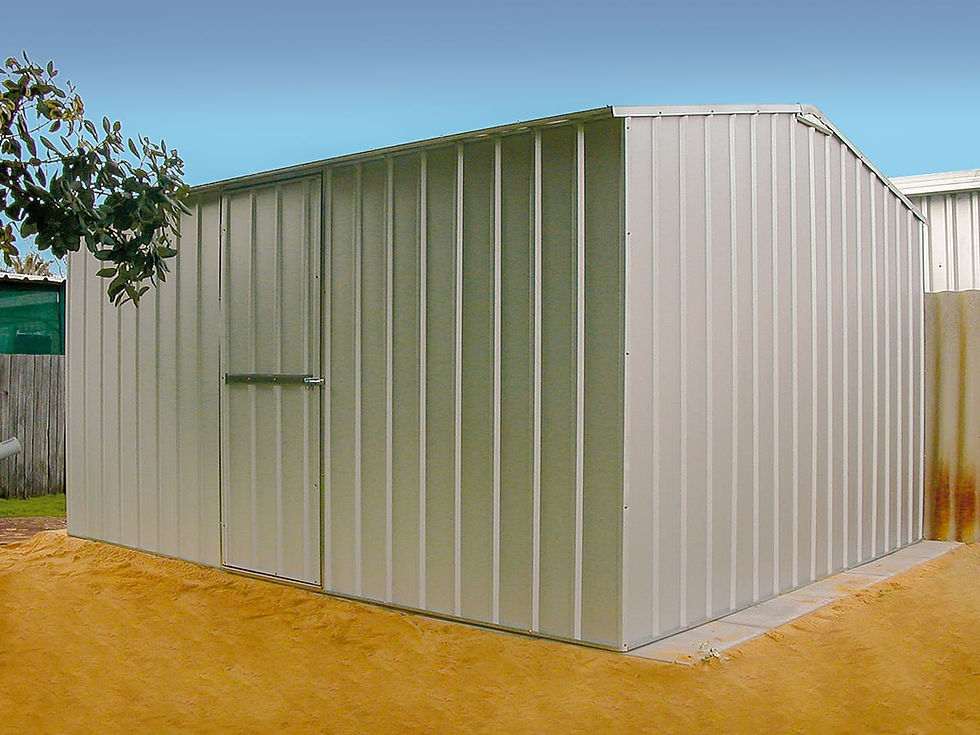Creating an Ideal Learning Environment: Designing a Covered Outdoor Learning Area with Shade Stru...
- Kiera Peterson
- Jul 17, 2023
- 2 min read
The adage, "Environment is the third teacher," has never been more relevant as we explore the concept of a covered outdoor learning area with shade structures. Today, we delve into how to create an ideal learning environment that blurs the boundary between nature and the classroom.
Understanding the Concept: Covered Outdoor Learning Areas
A covered outdoor learning area is a designed space that facilitates learning outside the four walls of a traditional classroom. It is an open-air space equipped with learning aids and shade structures that provide protection from weather elements. These spaces are particularly beneficial for schools aiming to incorporate more nature-based learning into their curriculum.
The Role of Shade Structures in Outdoor Learning Areas
Shade structures, such as school shade sails, play a vital role in outdoor learning areas. Not only do they protect students from the sun's harmful UV rays, but they also add an aesthetic appeal to the learning space. Moreover, they provide a comfortable environment for students, encouraging them to engage more freely in outdoor activities and collaborative learning.
Designing Aesthetic and Functional Shade Structures
When designing shade structures, it's essential to balance functionality with aesthetics. The structure should provide ample shade and protection, but it should also integrate seamlessly with the learning area design. Consider factors like the size of the space, the number of students it will house, the direction of sunlight, weather conditions, and the desired level of flexibility in usage.
Benefits of Outdoor Learning Areas with Shade Structures
Outdoor education has proven benefits, from improved physical health to enhanced cognitive and social development. A covered outdoor learning area with shade structures facilitates these benefits by offering a safe, comfortable space for learning and play. It encourages creativity and exploration, provides opportunities for hands-on learning, and promotes a sense of connection with the natural world.
Case Study: Successful Outdoor Classroom Designs
Several schools worldwide have successfully implemented outdoor learning areas with shade structures. For instance, the Green School in Bali, Indonesia, is renowned for its bamboo classrooms nestled amidst the forest. Similarly, the Waldorf School in California has developed a series of outdoor classrooms with shade sails, which serve as spaces for various activities, from reading and writing to art and craft.
Conclusion: The Future of Learning Environments
The future of education lies in flexible, engaging, and diverse learning environments. Designing a covered outdoor learning area with shade structures is a step towards this future. It not only creates an ideal learning environment that fosters creativity, collaboration, and connection with nature but also instils a sense of responsibility towards the environment in students.
As we move forward, let's continue to reimagine our learning spaces, not just as physical structures, but as dynamic entities that contribute to the holistic development of our students. After all, the environment is indeed the third teacher.
The design and incorporation of a covered outdoor learning area with shade structures is not just an architectural venture; it is an educational statement. It signifies a commitment to innovative, engaging, and inclusive education. It's time we embrace this concept and transform our learning landscapes for the better.








Comments